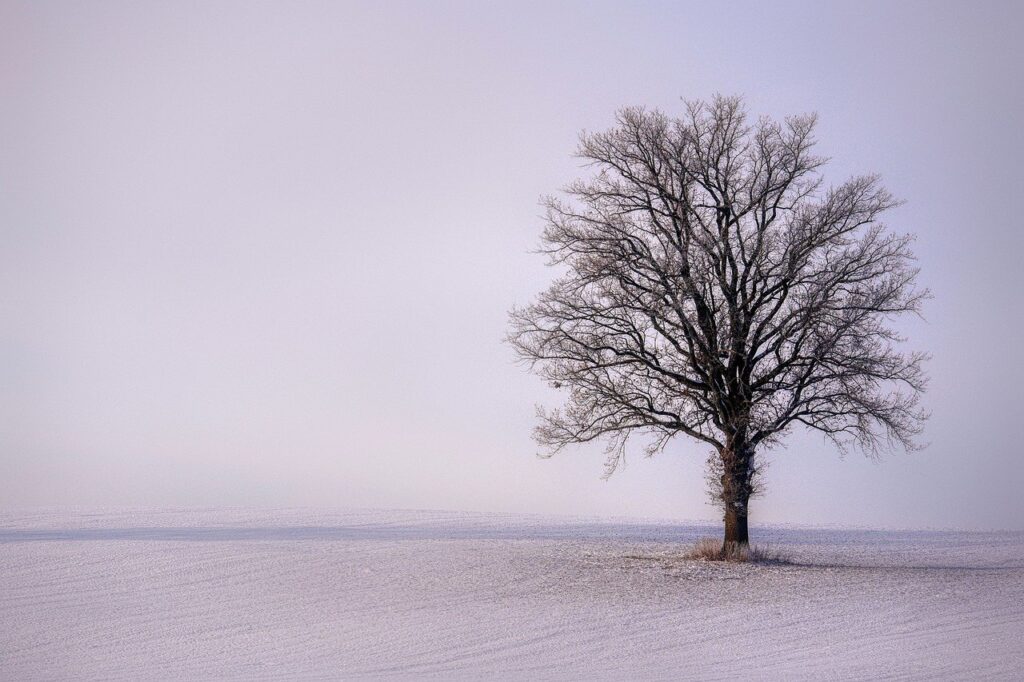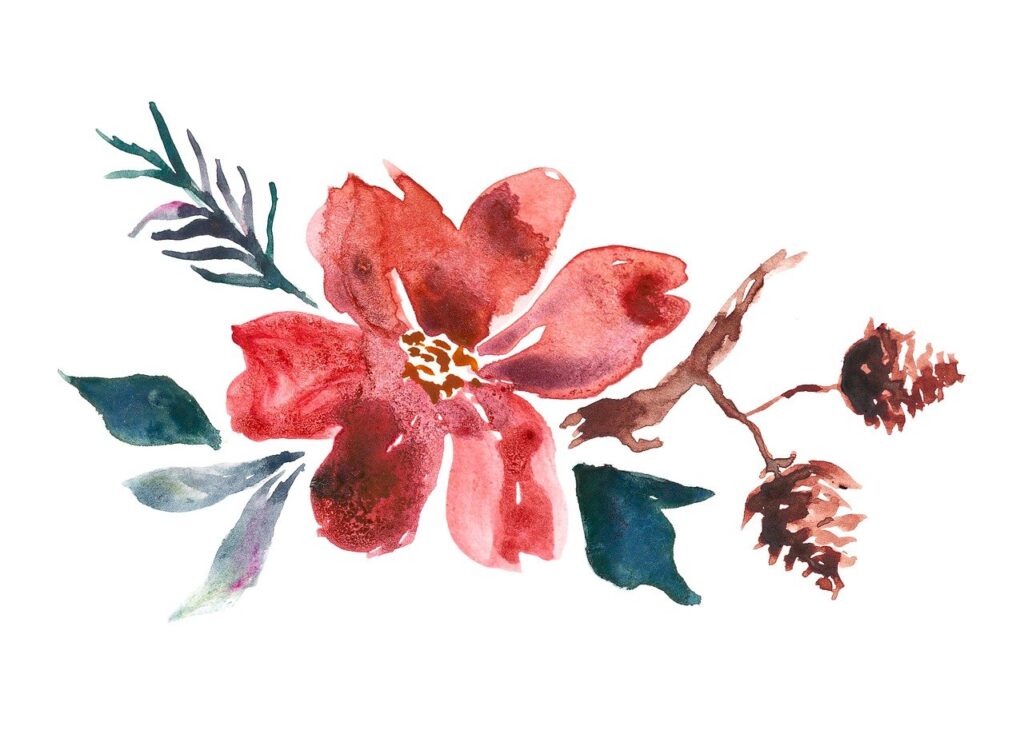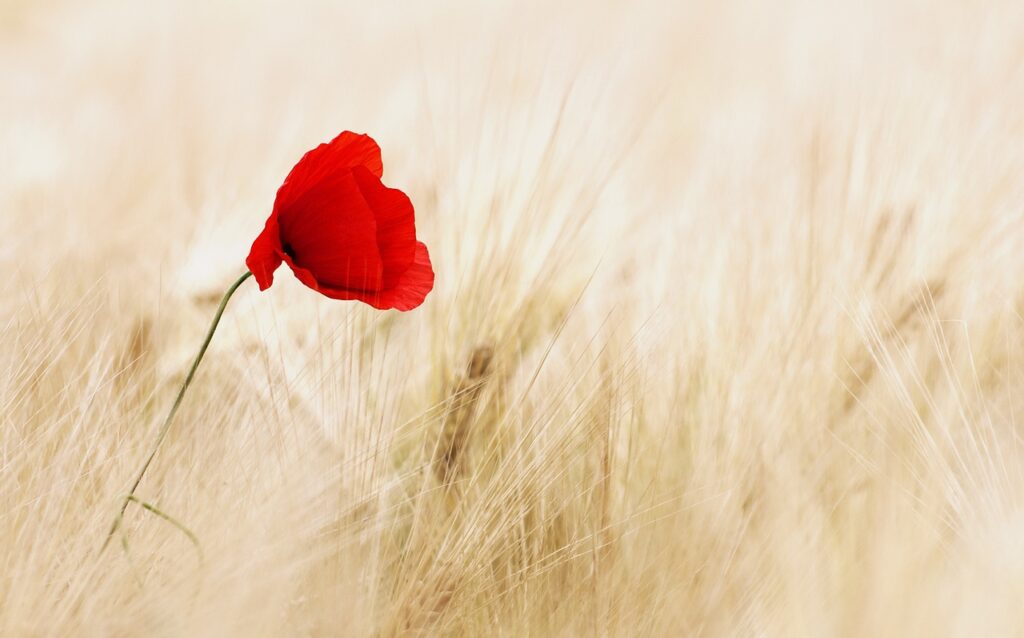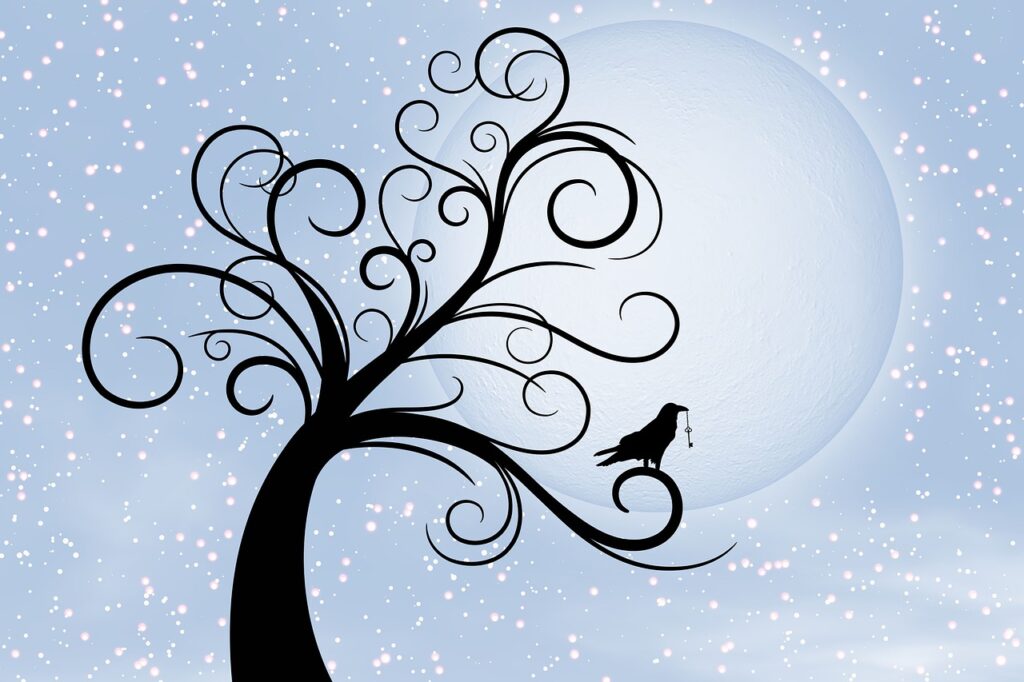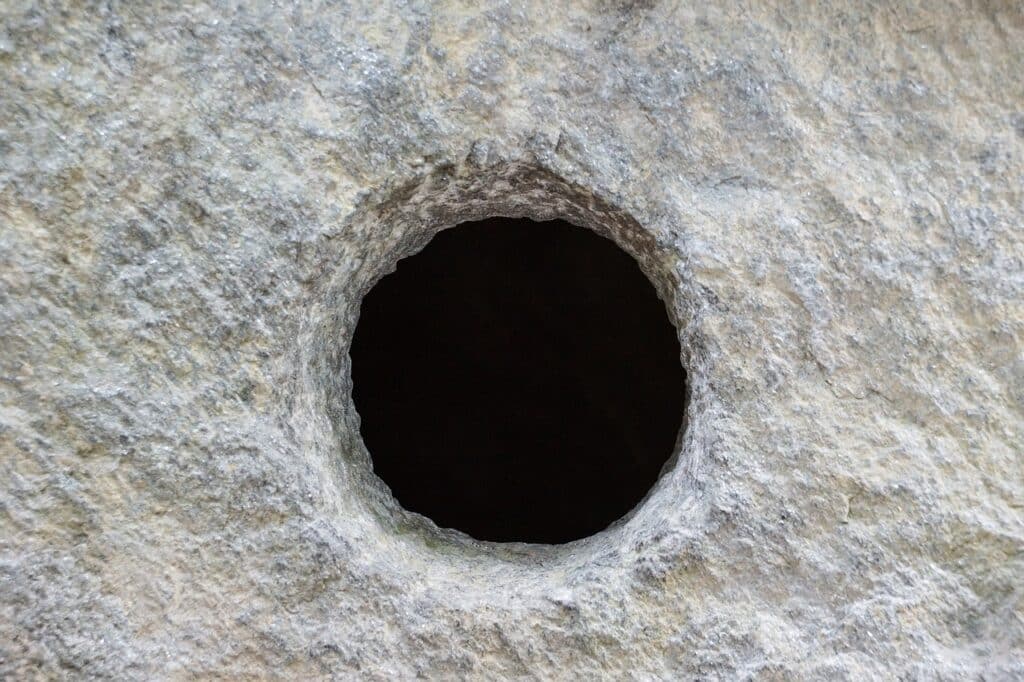Trees have long been a powerful symbol in various cultures and artistic expressions. They represent life, growth, strength, and the intricate interconnection between all living things.
In art, trees can convey a multitude of meanings depending on their context, style, and the elements used to depict them. This blog post explores the symbolism of trees and offers creative ways to represent them in mixed media art.
The Symbolism of Trees
1. Life and Growth
Trees symbolize the cycle of life, with their roots deep in the earth and branches reaching towards the sky. They represent birth, growth, death, and rebirth through the seasons.
2. Strength and Stability
The sturdy trunk of a tree is often seen as a metaphor for resilience and stability. Despite the changing seasons and harsh conditions, trees stand firm, reminding us of the strength within.
3. Connection to nature
Trees bridge the gap between humanity and the natural world. They remind us of our interconnectedness with the environment.
4. Wisdom and Knowledge
Many cultures see trees as keepers of wisdom. The Tree of Knowledge in various mythologies represents enlightenment and the quest for truth.
5. Transformation and Renewal
Trees shed their leaves and grow new ones, embodying the concepts of transformation and renewal. They remind us of the beauty of change and the potential for new beginnings.
6. Connection and Interdependence
Trees are a network of life, from roots to leaves. They symbolize the interconnectedness of all beings and the importance of community and relationships.
Depicting Trees in Mixed Media Art
Mixed media art allows for a rich, textured representation of trees, blending various materials and techniques to capture their essence. Here are some creative approaches to depicting trees in mixed media:
1. Layered Collage:
- Use different types of paper, such as textured, patterned, or colored paper, to create a layered effect.
- Cut out shapes for the trunk, branches, and leaves, and layer them to give depth and dimension.
- Incorporate materials like newspaper clippings or old book pages to add an element of history and narrative.
2. Paint and Texture:
- Combine acrylic or watercolor paints with texture mediums to create a realistic bark effect.
- Use a palette knife to apply thick layers of paint for the trunk and branches, creating a tactile, three-dimensional appearance.
- Add texture with materials like sand, fabric, or modeling paste to represent moss or rough bark.
3. Found Objects and Natural Elements:
- Incorporate twigs, leaves, and other natural materials directly into your artwork to create a more organic representation.
- Use wire or string to form the intricate network of branches and roots.
- Attach these elements to a canvas or board using glue or resin for durability.
4. Mixed Techniques
- Stencil Trees: Use stencils to create tree shapes on your pages, creating a blend of controlled and spontaneous elements.
- Collage Elements: Experiment with digital and traditional media by printing out digital designs. Incorporate tree-related elements like leaves, bark textures, or tree silhouettes from old books or magazines. Collage them onto your pages.
- Layered Backgrounds: Create textured backgrounds using techniques like stenciling, splattering, or gesso application. Let these serve as the base for your tree motifs.
- Hand-Drawn Trees: Sketch trees directly onto your pages using pencils, pens, or markers. Experiment with different styles—bare branches, lush foliage, or whimsical shapes.
- Imagined Landscapes: Combine real and emotional landscapes to invent your own world. Blend drawing, painting, and collage. Start with a pencil or charcoal sketch, overlay with watercolor washes, and finish with collaged elements.
5. Symbolic Colors and Patterns
- Use color symbolically to enhance the meaning of your tree. For example, green for life, blue for wisdom, and red for strength.
- Incorporate cultural patterns or symbols into the bark or leaves to represent specific mythologies or personal stories.
6. Connection and Interdependence
Trees are a network of life, from roots to leaves. They symbolize the interconnectedness of all beings and the importance of community and relationships.
Conclusion:
Trees are a profound and versatile symbol in art, embodying life, strength, connection, wisdom, and transformation. Mixed media art offers a unique way to capture the multifaceted nature of trees, blending materials and techniques to create richly textured and meaningful representations. By exploring various methods such as layered collage, textured paint, natural elements, mixed techniques, and symbolic colors, artists can breathe new life into the timeless motif of the tree, making it a powerful centerpiece in their creative expressions.

